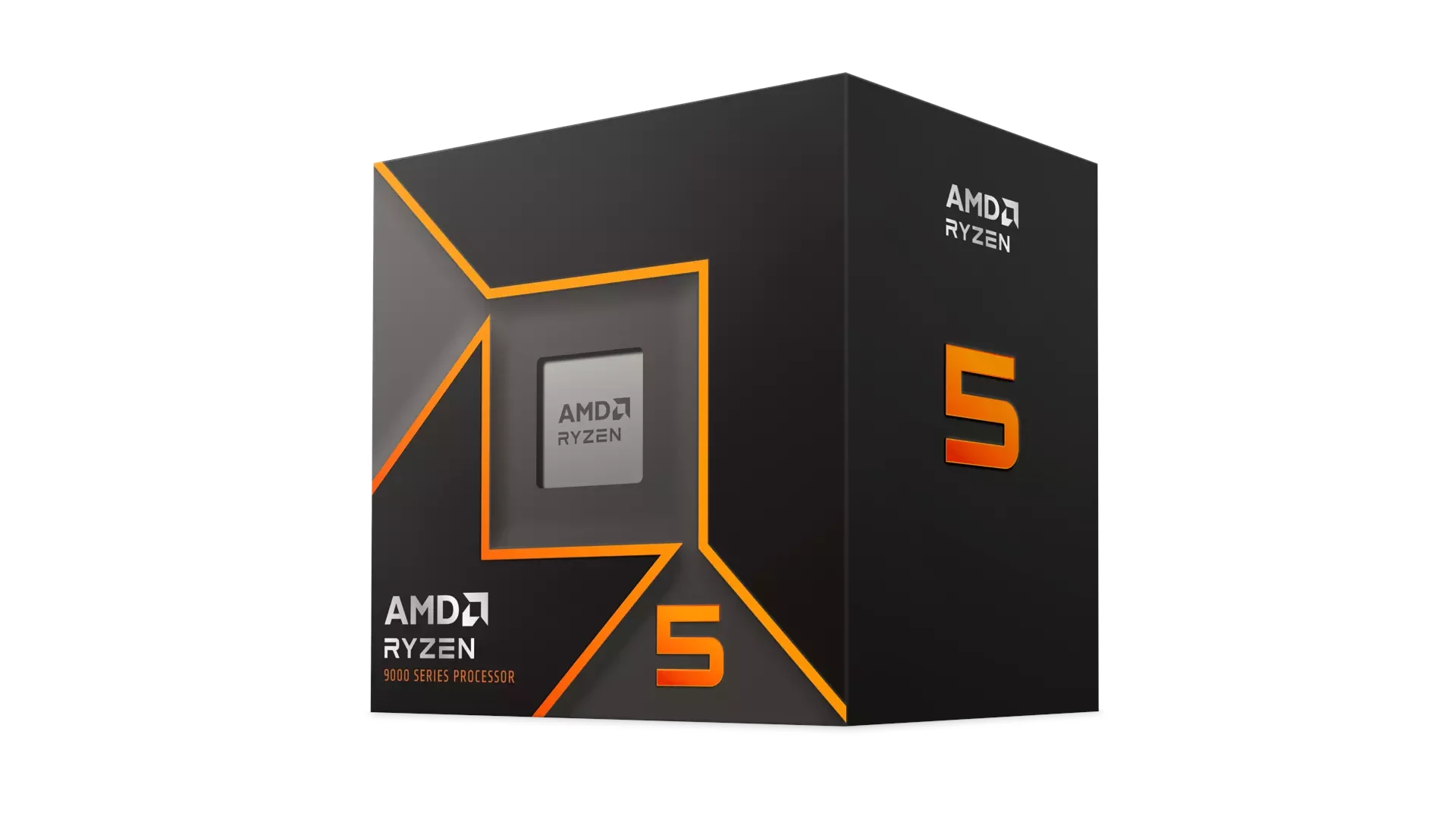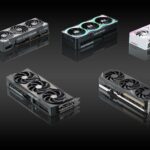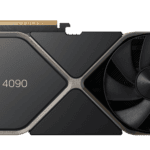AMD’s new Ryzen 9000 series processors bring big improvements for PC users. These chips use the latest Zen 5 architecture to boost speed and efficiency. The Ryzen 9000 CPUs offer up to 16% faster performance per clock and 23% better gaming performance than previous models.
The top Ryzen 9000 chip is the 16-core 9950X. It’s made for gamers and content creators who need lots of power. AMD says these new processors are the fastest consumer desktop CPUs in the world. They also use less power than older chips, which means cooler and quieter PCs.
Ryzen 9000 CPUs work with AMD’s AM5 socket. This lets users upgrade their systems over time. The new chips also have better AI features. This helps with tasks like video editing and 3D rendering. Gamers can expect smoother gameplay and higher frame rates in the latest titles.
AMD Ryzen 9000 Series CPUs: A Closer Look
The AMD Ryzen 9000 series CPUs, based on the Zen 5 architecture, represent a significant leap forward in processor technology. These CPUs are designed to deliver exceptional performance for gamers, content creators, and professionals. Let’s take a closer look at the key features and specifications of the initial lineup.
Key Features of the Ryzen 9000 Series
- Zen 5 Architecture: The new Zen 5 architecture offers a significant performance uplift compared to the previous generation. It features a redesigned front end, improved branch prediction, and an optimized execution engine.
- Increased Clock Speeds: The Ryzen 9000 series CPUs boast higher clock speeds than their predecessors, resulting in faster processing and improved responsiveness.
- Enhanced Cache System: The CPUs feature a larger and more efficient cache system, allowing for quicker access to frequently used data.
- Improved Power Efficiency: Despite the performance gains, the Ryzen 9000 series maintains impressive power efficiency.
- AM5 Platform Compatibility: These CPUs are designed to work with the new AM5 platform, which supports DDR5 memory and PCIe 5.0.

CPU Models and Specifications
The initial release of the Ryzen 9000 series includes four high-performance models:
AMD Ryzen 5 9600X
- Cores/Threads: 6 cores / 12 threads
- Base Clock: 4.5 GHz
- Boost Clock: 5.2 GHz
- L3 Cache: 32 MB
- TDP: 65W
AMD Ryzen 7 9700X

- Cores/Threads: 8 cores / 16 threads
- Base Clock: 4.8 GHz
- Boost Clock: 5.6 GHz
- L3 Cache: 32 MB
- TDP: 65W
AMD Ryzen 9 9900X
- Cores/Threads: 12 cores / 24 threads
- Base Clock: 5.1 GHz
- Boost Clock: 5.7 GHz
- L3 Cache: 64 MB
- TDP: 105W
AMD Ryzen 9 9950X
- Cores/Threads: 16 cores / 32 threads
- Base Clock: 5.2 GHz
- Boost Clock: 5.8 GHz
- L3 Cache: 64 MB
- TDP: 105W
Comparison Table
| CPU Model | Cores/Threads | Base Clock | Boost Clock | L3 Cache | TDP |
|---|---|---|---|---|---|
| Ryzen 5 9600X | 6/12 | 4.5 GHz | 5.2 GHz | 32 MB | 65W |
| Ryzen 7 9700X | 8/16 | 4.8 GHz | 5.6 GHz | 32 MB | 65W |
| Ryzen 9 9900X | 12/24 | 5.1 GHz | 5.7 GHz | 64 MB | 105W |
| Ryzen 9 9950X | 16/32 | 5.2 GHz | 5.8 GHz | 64 MB | 105W |

Key Takeaways
- Ryzen 9000 CPUs use Zen 5 for faster speeds and better efficiency
- New processors offer big gains for gaming and content creation
- AM5 socket provides an upgrade path for future improvements
Architecture and Technical Overview
AMD’s Ryzen 9000 series brings major upgrades in design and performance. The new chips use the Zen 5 architecture and offer improved speed and efficiency.
Zen 5 Microarchitecture
Zen 5 is the heart of Ryzen 9000 processors. It boosts instructions per clock (IPC) by 16% over Zen 4. This jump comes from better branch prediction and wider execution units.
The chips are made on TSMC’s 4nm process. This allows for higher clock speeds and lower power use.
Zen 5 cores can handle more tasks at once. They have bigger buffers and more execution ports. This helps with both single-thread and multi-thread jobs.
AM5 Platform and Compatibility
Ryzen 9000 CPUs use the AM5 socket. This platform supports PCIe 5.0 and DDR5 memory.
AM5 is backwards compatible with AM4 coolers. This saves money for users upgrading from older Ryzen chips.
The new X870 chipset adds features like more USB ports. It also improves power delivery for better overclocking.
AM5 supports DDR5-5600 memory out of the box. Faster RAM can boost gaming and productivity tasks.
Thermal and Power Management
Ryzen 9000 chips have a default TDP of 120W. But they can use up to 170W when boosted.
AMD improved power gating in Zen 5. This lets unused parts of the chip turn off to save energy.
The processors have better boost algorithms. They can reach higher speeds for longer without overheating.
Improved cooling solutions help manage heat. This keeps the CPUs running at top speed even under heavy loads.
Cache: L2 and L3 Expansion
Zen 5 cores have more cache memory. This speeds up data access and improves performance.
The L2 cache is now 1MB per core. This is double the size in Zen 4. Larger L2 cache helps with single-thread tasks.
L3 cache size varies by model. High-end chips have up to 144MB of total cache. Some models use 3D V-Cache for even more L3.
Bigger caches boost gaming performance. They also help in data-heavy work like video editing and 3D rendering.







